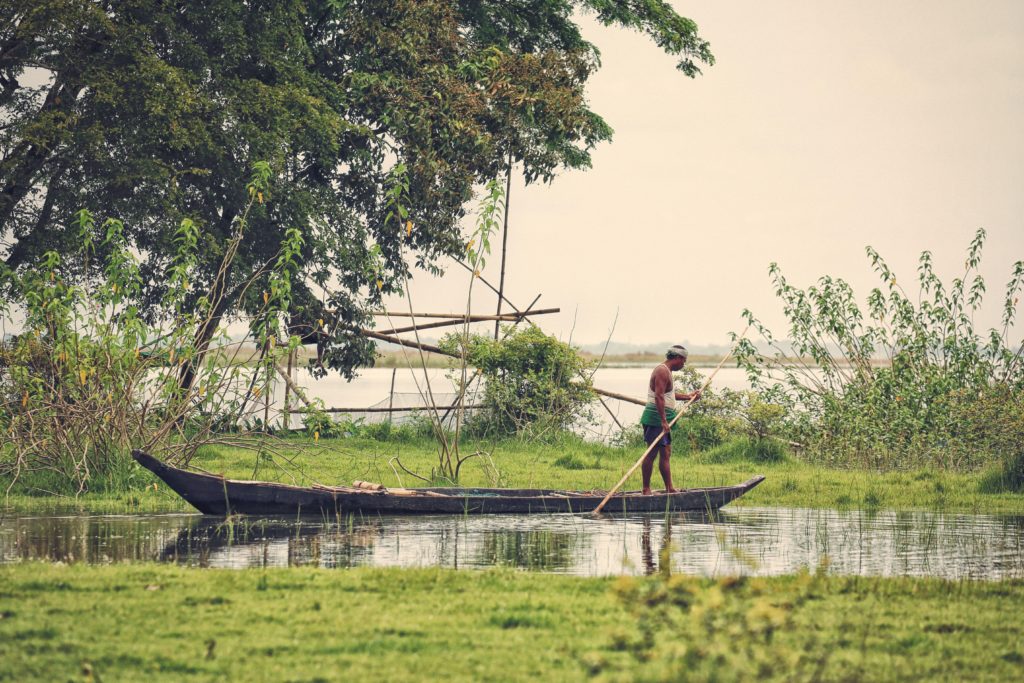Co Author: Bhawani Maurya
4 min read
India produces 277.1 million tonnes of solid waste every year, which is likely to touch 387.8 million tonnes in 2030. As urbanization grows in India, it can be expected that the waste generated and pressure on civic sanitation and water facilities will only increase. Over the recent year, Water, Sanitation and Hygiene (WASH) has been a significant priority for the government of India, with the launch of Swachh Bharat Abhiyan, Jal Jeevan mission, National Rural Drinking Water Programme (NRDWP), and Atal Mission For Rejuvenation And Urban Transformation (AMRUT) amongst others. India is now moving towards the goal of the ‘Swachh Bharat Mission Urban 2.0’ with a goal to make garbage-free cities. This ambitious project has its roots in the idea of a circular economy and re-interpreting waste as a source of revenue and employment. WASH emerged as a significant theme during the AVPN South Asia Summit which was organized with USAID as one of the core partners, where the role of the government, private sector and innovators was discussed. Here are big takeaways from the sessions:
The ecosystem needs to be understood, scaled, and empowered:
The challenge with WASH is not merely of scale, but also of complexity. Water, Sanitation, and Hygiene have different business models, and within themselves have significant differentiation. This requires the government to be the catalysts of change, the private sector to help sustain and bring professional efficiency into the operations, and innovators to look at ways to automate processes (e.g. Saathi Biodegradable Sanitary pads) and re-discover old cultural practices (Million Wells in Bengaluru by Biome Environmental trust).
Universal definitions and understanding of WASH terminology:
WASH definitions often differ across organizational understandings. With the Sustainable Development Goals as a universal goal, common SDG-aligned definitions can be helpful for both regulatory and collaboration purposes. It would bring clarity on priority sector lending for banks (as in agriculture), ease communication amongst various organizations, encourage knowledge and success transfer, and open space for designing blended finance models highlighted below.
Relooking existing and blended finance for funding WASH Projects:
Currently, the challenge with the WASH sector is the lack of diversification of revenue, where the government is the largest customer. There is no clear revenue model since operating margins are usually small. Further, while businesses in the water sector lack assets, they may have some cash flows. On the contrary, the sanitation and septic tank cleaning sector suffers from poor cash flow, and due to the associated taboos, often have to work as standalone businesses. The role of government, CSR, and private philanthropy is thus to de-risk the capital and come as guarantors for banks to feel comfortable investing in the sector. Given that firms in WASH have a long gestation time, blended finance can play the role of a patient equity investor.
Changing Customers to Consumers:
With government as a customer is also linked to the inefficiencies such as long tender processes and delayed payments. Local bodies must be incentivized to come to digital platforms such as Government e-Marketplace (GeM) and TReDS (platform to ease the discounting of invoices for MSMEs from corporate buyers through multiple financiers) to reduce the average payment period for firms. Further, urban consumers who can afford these services must become market participants as customers. Market-linked service provision has often resulted in greater efficiencies and scale. This, however, has to come keeping in mind the socio-economic realities of the country, so that the most vulnerable are not left out.
WASH is a cross-cutting sector impacting health, gender equality, and the environment amongst others. It thus requires technology, partnership, and innovation to come together. WASH needs significant R&D and for entrepreneurs to come in and contribute to the sector. The role of the government as a regulator comes in significantly here – from harmonizing definitions to priority sector lending, to innovative funding mechanisms such as allowing CSR into profit-making WASH enterprises. This will create an enabling environment, for innovations such as Water ATMs, Pink toilets, and other centres of excellence to develop. These pilots can then be scaled and saturated, especially in low-income areas. Covid-19 has provided both a unique opportunity and unique challenges. The public sector is keen to collaborate, and now there is a need for creating opportunities for sharing and ensuring a scientific, equitable, and sustainable future of WASH in India, and the world.


















